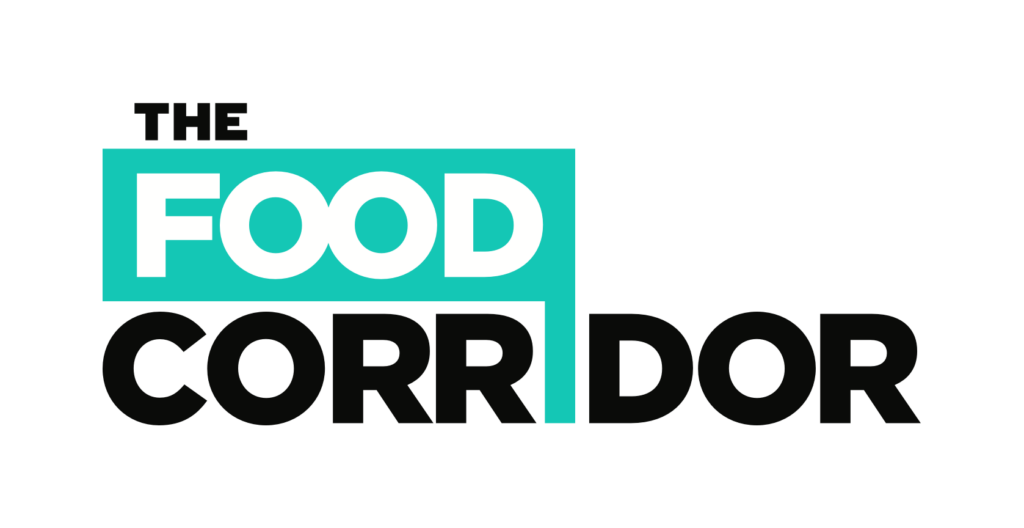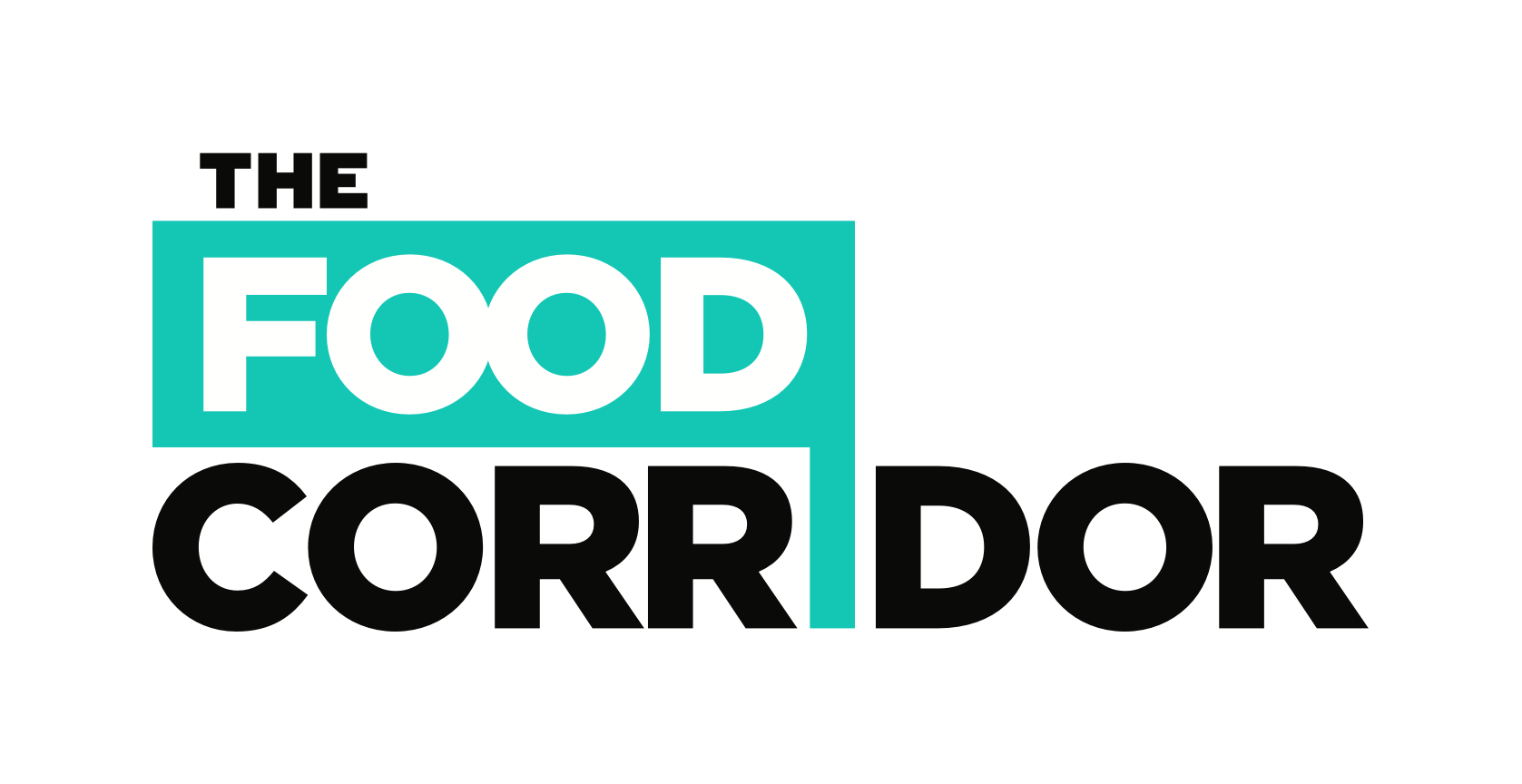Feeling overwhelmed by the task of creating your policies and procedures manual? Or maybe you’re experiencing frequent dispute charges from clients due to the unclear policies and procedures you currently have set. Clear policies and procedures will support your kitchen contract in enforcing the rules you have set. Below, we’ll cover everything you need to know to make sure that your kitchen contract sets clear expectations for your clients. This information comes straight from the Shared Kitchen Toolkit.
Don’t have time to write your own policies and procedures from scratch? Check out the Shared Kitchen Operations Manual for over 107 pages of customizable policies, templates, forms, and guidelines.
Establishing Operational Policies and Procedures
A policies and procedures manual can seem like an enormous undertaking for shared-use kitchens/incubators just getting started. There is a lot to think through and many possible situations to parse out. However, establishing clear policies at the outset will set you up for success. Setting clear expectations with clients can avoid problems and help to build a cooperative, respectful culture in your kitchen. When writing policies and procedures, craft them to encompass a range of different scenarios so you will not need to make frequent exceptions. You want to create fair policies that you intend to enforce. Deviating from your policies frequently, or failing to enforce them promptly, will send a message that they can be disregarded or may lead to confusion amongst clients. Think about how you will monitor and enforce your policies when you write them so you can think ahead about any fees and consequences for violations.
Here are some suggested topics to cover in your manual:
- About Your Kitchen
- Acceptance Criteria
- Fees, Rates and Billing
- Division of Responsibilities
- Scheduling and Booking
- Cancellation Policy
- Equipment Reservations
- Cleaning and Sanitation
- Access and Closing Procedures
- Special Event Rentals
- Termination
About Your Kitchen
It is a good idea to start off with your kitchen’s why, what, and how, to give context and purpose to your policies and procedures. This lets the client know you have rules for a reason and you care about your operation, as should the client.
Include:
- Why (mission and purpose)
- Who (description of your kitchen)
- What (features of kitchen and services)
You can also use this section to illustrate your high standards and the culture of your kitchen. This may include a statement around being respectful and considerate of the equipment, kitchen space, kitchen property, and other clients in the kitchen. You may also wish to highlight the products that you allow or do not allow in your kitchen (only gluten-free ingredients and products, only food for human consumption, etc.).
Fees and Billing Policies
Your fee schedule should be included in your policy manual along with your billing and collection policies. Your policies should clearly outline if payment is due as a pre-payment for the month or if it is due in arrears (at the end of the month), and on which date. If clients pay for kitchen time as they go, explain when this is due (in advance, or the same day of their usage). While pre-payment for monthly plans is a best practice for kitchen cash flow purposes, do what works best for your kitchen and clientele. Policies regarding how delinquent accounts will be handled, such as late fees and collections, should also be clearly outlined. You will also want to outline the types of payment methods you accept (checks, cash, credit card, automatic clearing house) and how the client can get the payment to you. If you use The Food Corridor, clients are automatically billed on your kitchen’s billing date. If you use a different system, provide instructions for making the payment. Define if checks or cash should be mailed or dropped off, when a payment is considered late, and what the late fee is. You should also provide itemized invoices and/or statements to your clients, so they can track their revenues and expenses for their own business management.
Division of Responsibilities
Setting clear expectations is the key to any relationship and this is no different in your kitchen. Here is a clear example of how to outline the division of responsibilities between the kitchen and the client in your policies and procedures manual. Each kitchen will be different, but this list should help you factor in the many considerations.
Scheduling and Booking
Scheduling and booking policies should include how much time a client can book in your kitchen per week or per month, if you allow one-time bookings and/or recurring bookings, how far in advance a client can book, and minimum reservation time (per booking and per month). Much of this will go along with the plan the client is paying for. If you do not allow bookings during certain days or time of day, you can note that in your policies and procedures or at least note that the booking availability may change. You will also want to explain how the client will book time in your kitchen. Do you have an online calendar where they can create and manage their own bookings? Or should they email you with their requests? Also note if you will be the one to approve and decline all requested bookings, or if you will allow certain clients’ bookings to be automatically approved. This oversight may be the same or different for each client, and you can outline this criteria in your Policies and Procedures Manual. Finally, many clients want to know who else has booked the kitchen during their desired times, as this may affect when and what area they book their time in. Let them know how to view others’ bookings. A visible online or physical calendar is helpful for this.
Cancellation Policy
An important consideration is how you will manage cancellations of committed time. It is important to remember that renting kitchen time is a service and if a client reserves time in the kitchen and cancels at the last minute, it can be extremely difficult to find a replacement to fill the time slot. Enforcement of a strong cancellation policy that discourages last-minute cancellations is recommended. Things to consider when developing your policy are how many hours before the booking start time you will allow a client to cancel their booking and what kind of cancellation fee would apply. Common ranges include 12 hours, 24 hours, 48 hours or 72 hours. Also, will the fee be a one-time charge based on a percentage of the booking? For example, a 50% fee on a $100 booking will refund $50 to the client and you will receive $50. You will also want to have a no show policy. In this case, you may opt to charge the client 100% of the booking.
Equipment Reservations
It is important to note which equipment or items in the kitchen are available for shared use without reserving them (utensils, etc.), which equipment requires reservation (mixers, etc.), and which equipment is off limits for shared use. This will reduce confusion for clients and provide a process for the limited and important equipment that requires reservation. With several clients using shared kitchen equipment, policies and procedures around reservable equipment are important for proper use of the equipment, cleanliness, and upkeep of the equipment. Reservations ensure that multiple clients are not expecting to use the same piece of equipment at the same time (such as the one Hobart mixer in your kitchen). Much like a booking system for kitchen time, an equipment reservation system can keep this in line. For each type of reservable equipment, outline the hourly cost (if applicable), cleaning instructions (if not included in your cleaning policies), the number of units available for reservation, and how a client can reserve it. Also describe the process and penalty if the equipment is found dirty, misplaced, or damaged after use. This could be a fee or a full replacement of the equipment, depending on the damage and issue. Clients may also need to rent special equipment that is not typically offered for use in your kitchen. You may consider requiring a separate deposit and providing a specific training for this equipment. You can outline in your policies and procedures which equipment qualifies as “special.”
Cleaning and Sanitation
A cleaning policy should cover both cleaning and sanitation rules of your kitchen as well as cleaning and sanitation procedures and instructions. Explain the purpose of each rule (food safety, for example) so the client understands and is motivated to abide by it. It is also important to explain the consequences if a client fails to follow a cleaning policy, such as a fee or termination.
Clear rules and instructions should cover:
- What to clean.
- When to clean it.
- What cleaning supplies to use.
- Where the cleaning supplies are located and how to store them.
- How much cleaning product to use.
- When, where, and how to dispose of waste (trash, recycling, cardboard boxes, food waste, grease, paper towels, compost, garbage disposal, etc.).
- When and how to restock disposable products.
- How to properly store and label food.
You may also include cleanliness policies around:
- Outside food or drink being consumed while using the kitchen (for example, must place open food or beverage in a storage unit or under the table).
- Proper clothing to be worn in the kitchen (for example, closed-toed non-slip kitchen shoes, hairnets, gloves, aprons, clean clothing free of pet hair, no loose jewelry or rings, no fragrances or perfumes).
- Proper hygiene (for example, clients may not work if they are sick or have an open cut or wound).
- Smoking in or around the kitchen (for example, no smoking within 100 feet of the kitchen).
- Kids under a certain age in the kitchen (for example, no children under age 12 allowed in the kitchen).
Clear instructions will make it easy for clients to follow and prevent improper use and storage of cleaning supplies, cleaning products, and food handling and storage. Also let clients know what cleaning supplies are provided by the kitchen (bleach solution, paper towels), and what supplies should be provided by the client (dishcloths, etc.). Clients have different standards for “clean” and varying levels of experience in a commercial kitchen, so spell this out in your policies and procedures to set clear expectations and accountability. Demonstrate proper cleaning through hands-on training. After training, it is a good idea to have the client show you that they understand by giving them a hands-on “test,” such as demonstrating proper hand washing, sanitizing water at the appropriate parts per million, and testing the solution using test strips.
Waste Management
Clear instructions about where to dispose of the various kinds of waste should be part of your sanitation policies. Renters need to be clear about how to manage their garbage, boxes, food waste, grease, recycling and any hazardous materials. If your kitchen lacks garbage disposals in the sinks be sure to communicate that as well. This will help keep your facility clean and prevent unnecessary waste fees for improperly disposed or overflow waste.
Arrival and Closing Procedures
Arrival and closing policies are important to outline for reasons of security, kitchen flow, and accountability. You will want to have visible checklists for these procedures, so items do not get missed. Checklists can be printed on the wall for clients to view, or they can be laminated for clients to check-off when they have completed the item. You may also consider having a place for clients to let you know when cleaning supplies are running low, such as on the paper or digital sign-in/sign-out.
Access and Arrival Procedures:
- Keys or keypad
- Alarm system
- Paper or digital sign-in
- Proper clothing and shoes
- Cleaning requirements (such as wash hands, sweep and mop floors, and wipe down equipment and tables)
Leaving and Closing Procedures:
- Cleaning requirements (such as sweep and mop floors, wipe down equipment and tables, dispose of and take out waste (trash, recycling, compost), and take home laundry)
- Restock needed items
- Label food products before storing
- Turn off equipment, lights
- Lock doors
- Alarm system
- Paper or digital sign-out
Special Event Rentals
Clients often wish to host events, such as cooking classes and tastings, to diversify their revenue and market their product.
You will want a policy to outline:
- How a client can rent out the kitchen or area (if different from your normal booking policies).
- Available days of the week and times that this is an option (as to not hinder other clients’ production schedules).
- Fee schedule.
- Required deposits.
- Capacity requirements.
- Cleaning and equipment use requirements.
- Allowable changes (posting signs, moving around furniture and equipment).
- What items are and are not included in the rental (tables, chairs, guest wifi).
- Alcohol consumption and license policies.
- Close-out requirements.
- Cancellation penalties.
Also think through if you will offer special event reservations to community members who are not clients of your kitchen, to diversify your revenue. If so, you will want to arrange a walk-through and provide a separate terms of agreement document that covers key information from your kitchen policies and procedures document. You should check with your insurance provider about whether you are properly covered for these uses or whether you should require event insurance from the renter.
Termination
Unfortunately it may be necessary to discontinue a client relationship for any number of reasons. The key is to do so clearly and without surprise. Like a good prenuptial agreement, these terms should be negotiated early on. Items to include in your policies and procedures document may include:
- Possible reasons for agreement termination and expected timeframe from notice to day of termination.
- Actions taken if agreement is terminated (access code changes, notice to health inspector, etc.).
- Any financial or legal obligations client must fulfill upon agreement termination.
- Verify a follow-up address to return security deposit, if applicable.
If you are operating an incubator with graduation requirements, be sure to explain this policy during your onboarding and state it clearly in your policies and forms. It is important to have regular meetings with the clients to track their progress toward graduation goals and to provide extra support for that transition.
Crafting a clear contract with your clients may feel like a big undertaking, but enforcing the rules set in your contract don’t have to be! Schedule a demo with a friendly gnome at The Food Corridor, and allow the software to automatically enforce some of the policies outlined in your contract.


